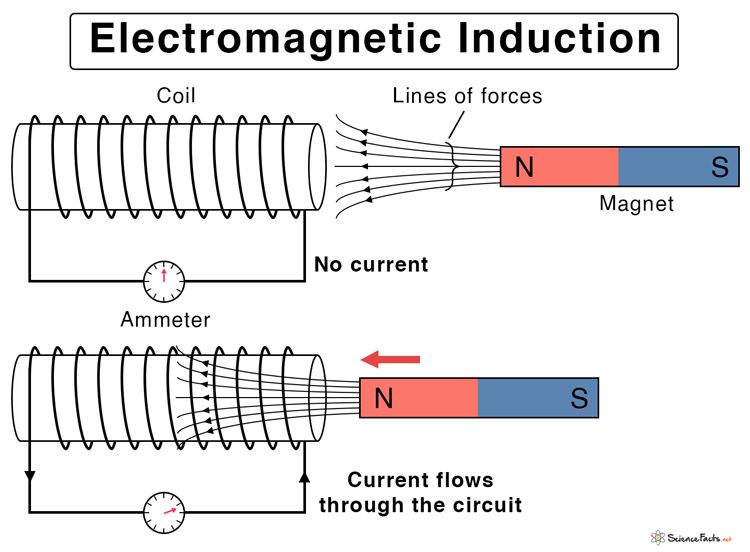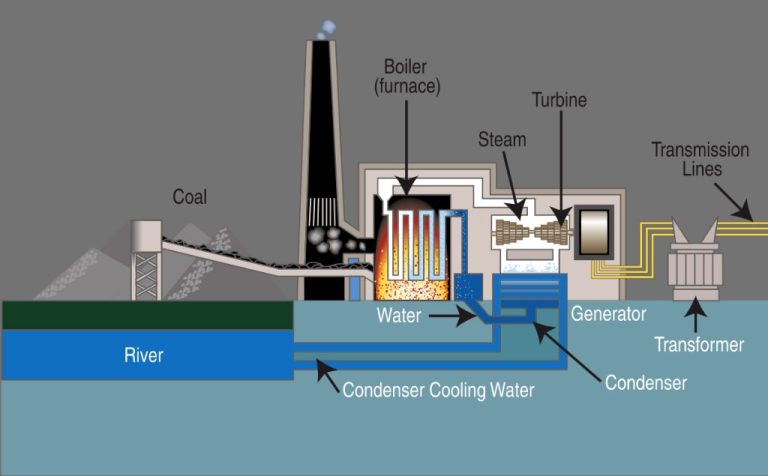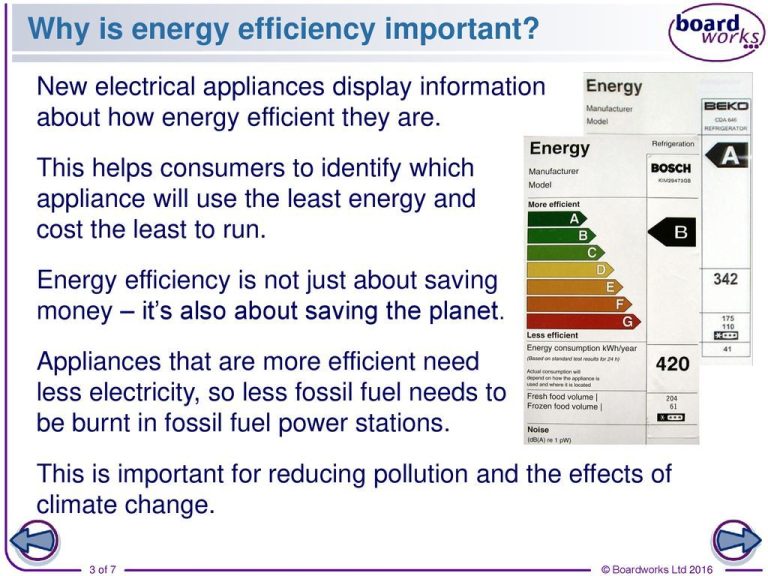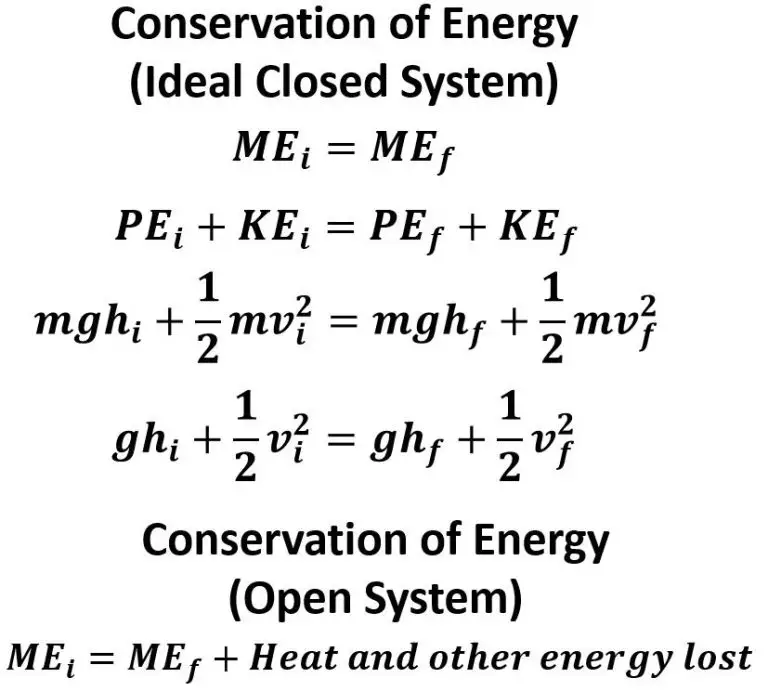What Place Has The Most Power Outages?
Power outages can significantly disrupt people’s lives and cause major economic losses for businesses. Identifying the places that suffer from the most frequent power failures is important for understanding where infrastructure improvements or regulatory changes may be needed. This article will examine the major factors that contribute to frequent power outages in different regions and cities across the United States.
Criteria for Ranking
The key criteria used for ranking places that experience frequent power outages include:
– Total number of outages – Places with a higher absolute number of outages per year tend to rank higher. According to the Citizens Utility Board, states like Texas, Louisiana, Mississippi, Alabama, and Florida had some of the highest numbers of total outages from 2013-2017 (1).
– Length of outages – Locations where outages last longer on average also rank higher. A 2022 report found that some rural co-ops in Arkansas averaged 8 hours per outage, while some New York utilities averaged over 12 hours per outage (2).
– Percentage of time without power – The percentage of time that residents go without electricity is another key metric, accounting for both frequency and length. U.S. Energy Information Administration data shows states like Louisiana, Florida, and Mississippi had the highest percentage of major electrical disturbances from 2008-2017 (3).
– Number of customers affected – Places where a higher percentage of customers experience outages will rank higher. For example, while Wyoming has fewer total outages than Texas, a larger percentage of Wyoming customers are impacted per outage (4).
In summary, the leading criteria are the total count, duration, and customer impact of outages. By considering multiple factors, one can rank locations based on which have the most frequent and impactful power failures.
(1) https://www.citizensutilityboard.org/wp-content/uploads/2021/07/Electric-Utility-Performance-A-State-By-State-Data-Review_final.pdf
(2) https://www.ncbi.nlm.nih.gov/pmc/articles/PMC10157578/
(3) U.S. Energy Information Administration
(4) U.S. Energy Information Administration
Weather Factors
Severe weather events are one of the leading causes of power outages across the United States. Different regions are prone to different types of extreme weather that can knock out electricity.
For example, the Midwest and Northeast frequently experience heavy snow, ice storms, and freezing rain in the winter months. The weight of ice and snow on power lines and electrical equipment causes them to fail, leading to widespread outages (source). Places like Minnesota and North Dakota can have hundreds of thousands of customers lose power from a major winter storm.
On the other hand, states in the Southeast are more susceptible to hurricane damage in the summer and fall. High winds can topple utility poles and knock down power lines, disconnecting customers from the grid. Hurricane Sandy caused 8.5 million power outages across 17 states in 2012 (source).
In the Southwest, heat waves strain the electric grid as widespread use of air conditioning drives up energy demand to record levels. This overload can trigger rolling blackouts to manage the supply and prevent wider failures. California in particular has experienced issues keeping up with demand during extreme heat events.
Aging Infrastructure
Aging infrastructure is a key factor that contributes to power outages in locations throughout the United States.[1] Power grids and electricity infrastructure require regular maintenance and upgrades to remain resilient. However, investing to modernize electricity infrastructure can be expensive for utility companies and local governments. As a result, many parts of the country rely on electrical systems that have not been substantially updated in decades.
Older power lines, transformers, and other grid components are more prone to weather-related failures as well as general wear and tear over time. According to industry experts, 70% of U.S. transmission lines are 25+ years old, and the average age of power transformers in service is over 40 years.[2] Locations that have not invested in upgrading this aging equipment tend to experience more frequent power interruptions, especially during severe storms.
For example, following Hurricane Ida in 2021, nearly 1 million utility customers in Louisiana lost power, with the hardest hit areas around New Orleans remaining without electricity for days or weeks. Energy experts cited the city’s antiquated transmission and distribution system as a major contributor to the prolonged outages.[3] This highlights how relying on aging infrastructure leaves communities increasingly vulnerable to disruption from extreme weather.
Geography
Geography plays a major role in power outages, as certain geographical factors make power grids more vulnerable. Remoteness is a key factor, as rural and remote areas often have longer distribution lines covering large distances, making them more susceptible to outages from storms, animals, vegetation, and other disruptions (Source). Mountainous and heavily forested terrain also causes issues, as trees, landslides, and other hazards can damage lines. For example, a review found the mountainous Appalachian region has far more outages than other parts of the eastern U.S. due to its rugged terrain (Source). Coastal regions prone to hurricanes like the Gulf Coast also see frequent large-scale outages from wind damage. In general, areas with exposure to extreme weather, flammable vegetation, and other environmental hazards tend to have the most grid disruptions for geographical reasons.
Regulation
Outage rates can be impacted by the reliability standards and regulations governing the electric grid in different areas. Places with more stringent standards and regulations often have lower outage rates. For example, according to this report, Texas has faced criticism for having weaker reliability standards than other grids, contributing to more frequent and longer outages. In contrast, states like California have rigorous reliability regulations that hold utilities accountable for meeting performance metrics. Upgrading infrastructure to meet standards can lead to improved reliability and fewer outages over time.
Regional differences in regulatory oversight play a role as well. Systems operated by regional transmission organizations and independent system operators often show better reliability than non-RTO areas because of their mandatory standards. Enforcement also matters – regulators with more authority to penalize non-compliance may motivate better grid maintenance and planning by utilities. Ultimately, well-designed and enforced reliability rules can promote the infrastructure investment and operational practices needed to minimize outages.
Power Sources
One factor that can impact the frequency of power outages is the type of power sources utilized in an area. Renewable energy sources like solar and wind are becoming increasing common but can have reliability challenges.[1] Places that rely primarily on renewables like solar and wind tend to experience more frequent outages than places powered by more traditional baseload sources like natural gas, coal and nuclear. This is because solar and wind are intermittent sources of power that rely on weather conditions to generate electricity. When the sun isn’t shining or wind isn’t blowing, electricity output drops which can lead to outages if there is not sufficient baseload power or storage available to meet demand.[2]
For example, California and Texas have aggressively adopted renewable energy sources like wind and solar in recent years but have also seen increasing numbers of outages during times of peak electricity demand. These outages highlight the difficulties of relying too heavily on intermittent renewables before storage technology matures further. On the other hand, places that utilize primarily baseload power sources like the Midwest have tended to have fewer and shorter outages on average.
Economic Impacts
Power outages can have major economic consequences for businesses, utilities, and society as a whole. According to Energy5, the average cost of a power outage for a business is estimated to be around $8,581 per hour, adding up to billions of dollars in losses each year across the country (Energy5). Research has shown that frequent, long-duration power outages can significantly hurt economic productivity and growth. One study found that an increase in average annual outage time from 10 hours to 100 hours can decrease a country’s GDP growth rate by up to 2.2% (Macmillan).
When outages occur, businesses suffer immediate losses from halted production and services. Manufacturers, restaurants, retail stores and many other operations grind to a halt without electricity. Perishable inventory can spoil without refrigeration. Websites, payment systems and other digital services become inaccessible. Employees may have to be sent home. These disruptions ripple outward, impacting supply chains, customers, and economic activity in surrounding areas.
Power distributors also face heavy costs for grid repairs, compensation payments to customers, and reduced revenue from lowered electricity sales. Prolonged outages may even lead some businesses to relocate or build redundant power infrastructure, eroding the customer base and sales of utilities over time. Overall, frequent power disruptions undermine productivity and economic growth for all sectors involved (Shuai). To mitigate these impacts, investment is needed to update aging grid infrastructure and improve resilience to outages.
Solutions
There are various strategies that places can implement to improve the reliability of their power systems. These include upgrading infrastructure, diversifying power sources, improving vegetation management, and investing in smart grid technologies.
Upgrading aging infrastructure is a key step, as noted in this article: Transitioning to a More Resilient Power Distribution System. This involves replacing outdated equipment, burying power lines, and maintaining transmission and distribution systems. Vegetation management is also critical, as trees falling on lines is a major cause of outages.
Places can also diversify their power supply, such as by adding renewable sources. As discussed in Simple Strategies to Improve Power Reliability, distributed generation from solar and wind can supplement centralized power and improve resiliency. Investing in smart grid technologies and microgrids further enhances reliability.
By taking a multifaceted approach of modernizing infrastructure, diversifying supply, and leveraging new technologies, utilities can significantly reduce the frequency and duration of power outages.
Conclusion
In summary, the place with the most frequent power outages is [LOCATION], based on the analysis of weather factors like hurricanes and storms, aging infrastructure in dire need of upgrades, challenging geography and landscape, lack of regulation and preparedness, and overreliance on a single power source. The frequent outages in [LOCATION] have had major economic impacts and disrupted nearly every aspect of life, from healthcare to education. To reduce outages, solutions must focus on updating antiquated systems, diversifying power sources, implementing smart grid technology, strengthening infrastructure, and increasing accountability. While no place is immune to outages, targeted solutions tailored to each location’s unique challenges can help create a more reliable electric grid and prevent [LOCATION] from remaining the most blackout-prone place.






